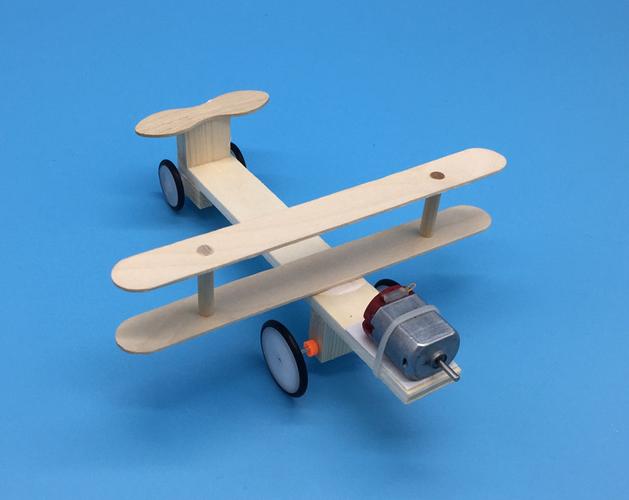科技小制作电动飞机的特点
Once the electric aircraft is constructed, thorough testing and optimization are necessary to validate its performance and reliability. Conducting ground tests and flight tests allows engineers to identify any potential issues and finetune the aircraft's design and systems. Continuous iteration and improvement are key to achieving optimal performance.

The airframe serves as the structure of the aircraft, providing stability and support. When designing a DIY electric aircraft, factors such as weight, aerodynamics, and structural integrity must be considered. Utilizing lightweight yet durable materials like carbon fiber or composite materials can help optimize the performance of the aircraft.
Building a DIY electric aircraft is a challenging yet rewarding endeavor that requires expertise in various disciplines. By carefully designing the airframe, selecting suitable propulsion systems, implementing robust avionics, and complying with regulatory requirements, enthusiasts can create innovative and efficient electric aircraft. With continued advancements in technology and increased interest in sustainable aviation, the future holds exciting possibilities for electric flight.











